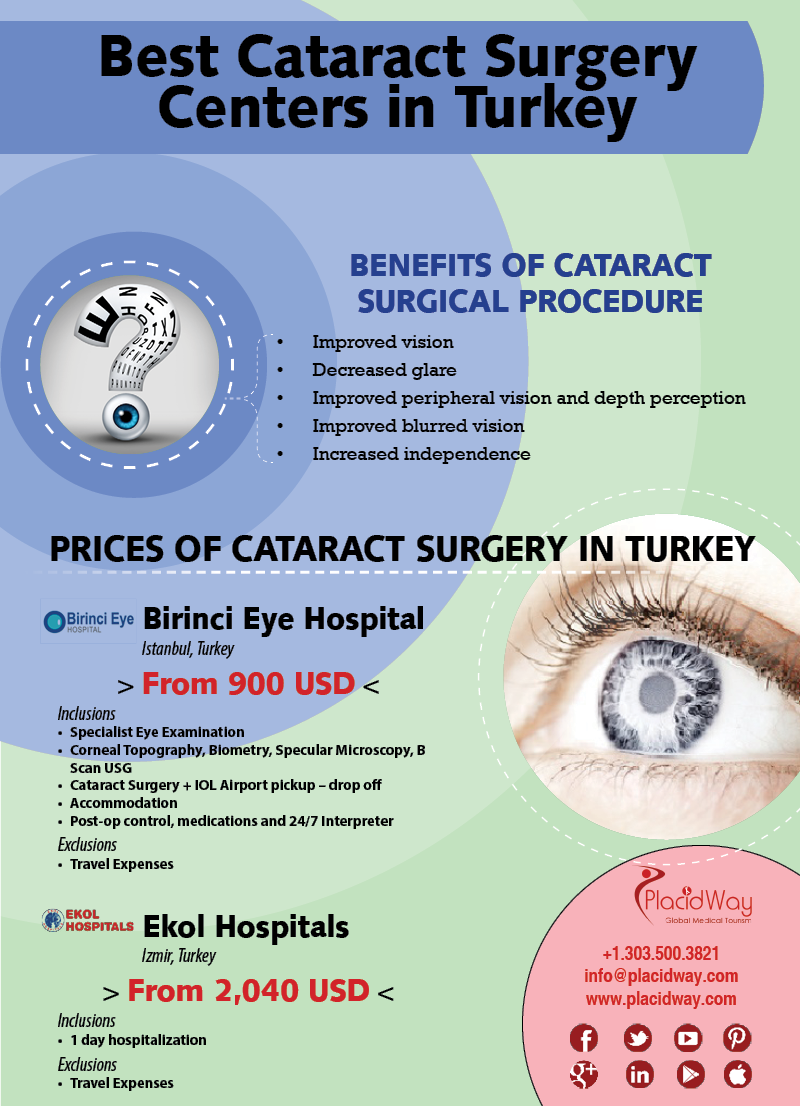What Are The Differences And Similarities Between SMILE Eye Surgery, LASIK, And PRK?
What Are The Differences And Similarities Between SMILE Eye Surgery, LASIK, And PRK?
Blog Article
Material Written By-Adler Kerr
If you've been thinking about SMILE eye surgical procedure, you could ask yourself exactly how it stacks up against LASIK and PRK. Each treatment has its own set of advantages and considerations. From quicker healing times to potential dangers, there are key differences you ought to know before deciding. Recognizing these differences will certainly assist you make an informed choice that aligns with your certain demands and assumptions. Curious to recognize even more regarding how these treatments contrast thoroughly? Keep discovering to get an extensive understanding of SMILE, LASIK, and PRK.
SMILE Eye Surgical Treatment Summary
If you're thinking about SMILE eye surgical procedure, you'll locate it to be a minimally invasive treatment with a quick recuperation time. During SMILE (Tiny Cut Lenticule Removal), a laser is made use of to create a small, exact cut in the cornea to eliminate a tiny piece of tissue, reshaping it to remedy your vision. This varies from LASIK, where a flap is developed, and PRK, where the external layer of the cornea is entirely eliminated.
One of the key benefits of SMILE is its minimally intrusive nature, resulting in a faster recovery process and less discomfort post-surgery. The recuperation time for SMILE is reasonably fast, with many people experiencing improved vision within a day or 2. This makes it a preferred option for those looking for a hassle-free and reliable vision modification treatment. In addition, SMILE has been revealed to have a lower danger of dry eye syndrome contrasted to LASIK, making it a beneficial option for people concerned regarding this prospective side effect.
Differences In Between SMILE, LASIK, and PRK
When comparing SMILE, LASIK, and PRK eye surgical treatments, it is very important to understand the distinctive techniques utilized in each treatment for vision correction.
SMILE (Little Laceration Lenticule Extraction) is a minimally invasive treatment that involves developing a tiny incision to extract a lenticule from the cornea, reshaping it to fix vision.
LASIK (Laser-Assisted In Situ Keratomileusis) includes developing a thin flap on the cornea, making use of a laser to improve the underlying cells, and after that repositioning the flap.
PRK (Photorefractive Keratectomy) removes the external layer of the cornea before improving the tissue with a laser.
pop over to this site on the way the cornea is accessed and treated. SMILE is flapless, making it a good option for people with thin corneas or those associated with contact sporting activities. LASIK provides quick visual healing as a result of the flap production, however it might posture a greater threat of flap-related complications. PRK, although having a much longer recovery duration, stays clear of flap-related concerns entirely.
Understanding these variances is essential in choosing the most ideal procedure for your vision adjustment requirements.
Advantages And Disadvantages Contrast
To examine the benefits and drawbacks of SMILE, LASIK, and PRK eye surgical procedures, it's necessary to consider the particular advantages and prospective limitations of each treatment. SMILE surgical treatment supplies the benefit of a minimally invasive procedure, with a smaller cut and potentially quicker healing time contrasted to LASIK and PRK. It likewise lowers the threat of completely dry eye post-surgery, a typical side effect of LASIK. However, SMILE might have restrictions in treating higher levels of nearsightedness or astigmatism compared to LASIK.
Read This method supplies fast visual recovery and marginal pain throughout the procedure. It's highly reliable in treating a vast array of refractive mistakes, including nearsightedness, hyperopia, and astigmatism. Yet, LASIK carries a threat of flap issues, which can impact the corneal framework.
PRK eye surgical treatment, while not as prominent as LASIK, stays clear of developing a corneal flap, minimizing the danger of flap-related issues. It appropriates for patients with thin corneas or uneven corneal surface areas. Nonetheless, PRK has a longer recuperation time and might entail a lot more pain during the healing process.
Verdict
So, when it involves picking in between SMILE, LASIK, and PRK, think of it like selecting the ideal pair of shoes. SMILE is like a streamlined, comfortable set of tennis shoes - fast and simple.
LASIK is much more like fashionable high heels - fancy and fast, but with some potential risks.
PRK is like durable treking boots - reliable and durable, however needing a bit more time and effort.
Ultimately, the best choice depends upon your individual needs and choices.
